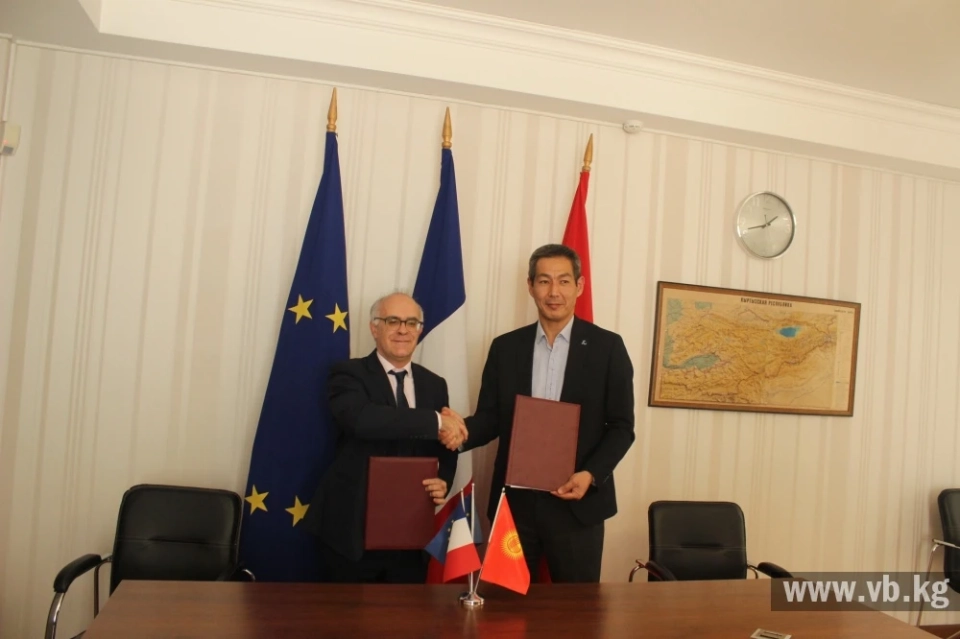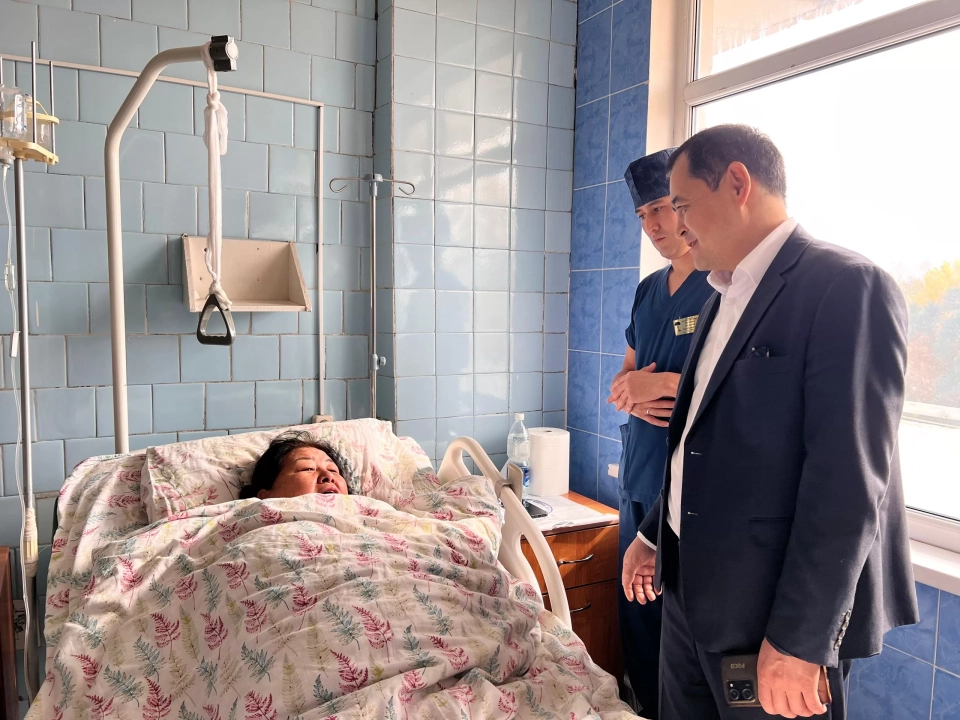- He also holds the position of former Minister of Health of the Kyrgyz Republic.
We present to you his comments:
“In San Francisco (USA), a congress on catheter interventions on the heart and vessels is taking place. One of the main topics of discussion has been the possibility of catheter implantation of the tricuspid valve in the heart. The EVOQUE study, completed recently, showed a low 30-day mortality rate after such operations performed without chest incision. However, this raises the question of who and where should perform such procedures to ensure they are as effective and safe as possible.
There are three key specialties in the world dealing with interventions on the heart and vessels: cardiothoracic surgeons, who perform open surgeries; invasive cardiologists, who carry out interventions through vascular access; and interventional radiologists, who work with other vessels.
The healthcare system in the CIS countries differs from global standards. In Russia, there is a specialty called “X-ray endovascular diagnostics and treatment,” while in Kyrgyzstan, it is “X-ray endovascular surgery.” The question of the real benefit of these specialties for the cardiology service remains open until training is provided according to international standards and quality medical care becomes accessible to the population.
Undoubtedly, urologists or proctologists should not perform catheter operations on the heart. However, interventional radiologists, who work with access points, guides, catheters, and balloons, often lack the necessary basic training in cardiology. Therefore, a cardiologist in the interventional radiology room is extremely important to ensure that interventions are clinically meaningful.
Nevertheless, the low percentage of complications from catheter valve replacement in the heart, as demonstrated by the EVOQUE study at the TCT congress in the USA, does not mean they are completely absent: about 3% of patients require cardiac surgical intervention. Transferring a patient with a damaged vessel, even if temporarily closed with an introducer, poses a serious risk.
Thus, when creating any cardiology clinic providing angiographic assistance, the possibility of performing hybrid heart surgeries should be considered. Even if such operations are few — 1-2-3-5% — they can save lives. The lack of a strategic approach in cardiology planning by private medical institutions does not mean they can freely obtain licenses and only engage in the installation of stents in coronary arteries. After such interventions, performed without proper oversight, a cardiac surgeon may sometimes have nowhere to place a graft.
The economic feasibility of opening clinics and centers for cardiology care should be under constant government control. Profiting from stent placements without clinical effect for the patient should serve as a basis for critical evaluation of such institutions, regardless of their ownership structure.
It is recommended to extend the training period for doctors in the field of cardiology and to delineate two directions within the specialty: “non-invasive cardiology” and “invasive cardiology.” Such specialists, having received comprehensive training, will be able to effectively collaborate in the cardiology team, and interventions in centers with such doctors will be justified both clinically and economically. The rest of the world builds its healthcare system this way and derives maximum benefit from it for both the state and its citizens.”







































